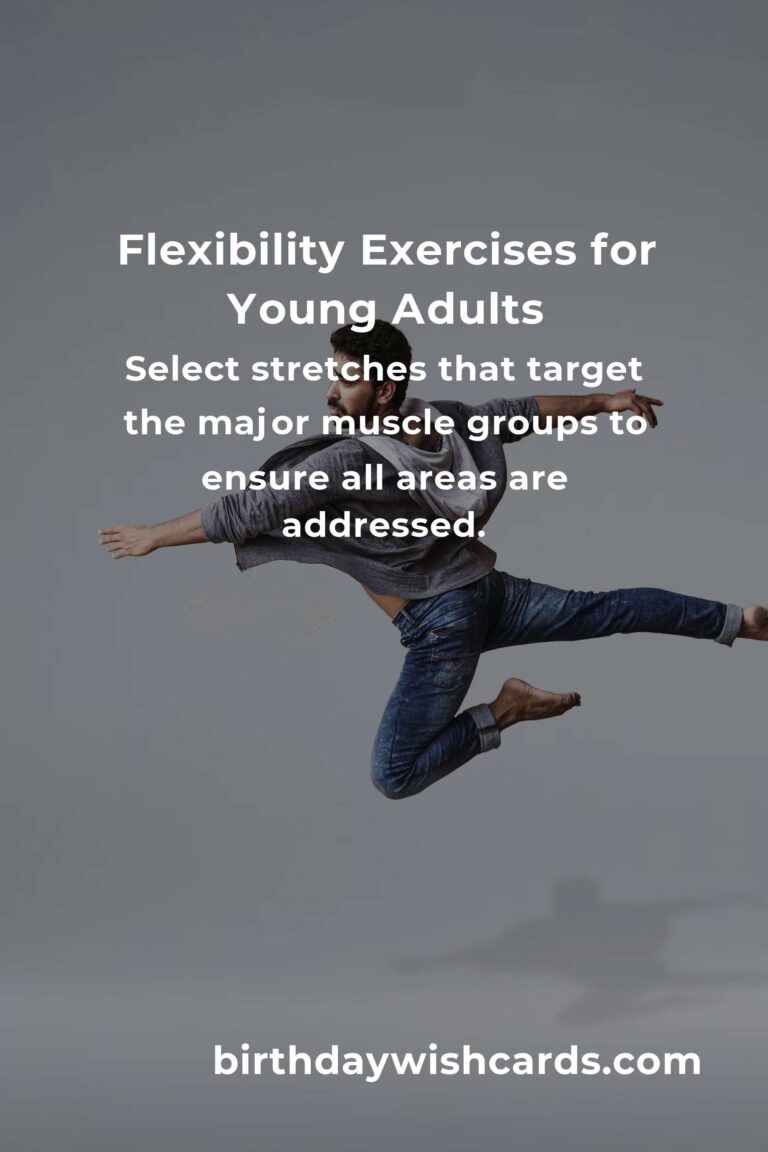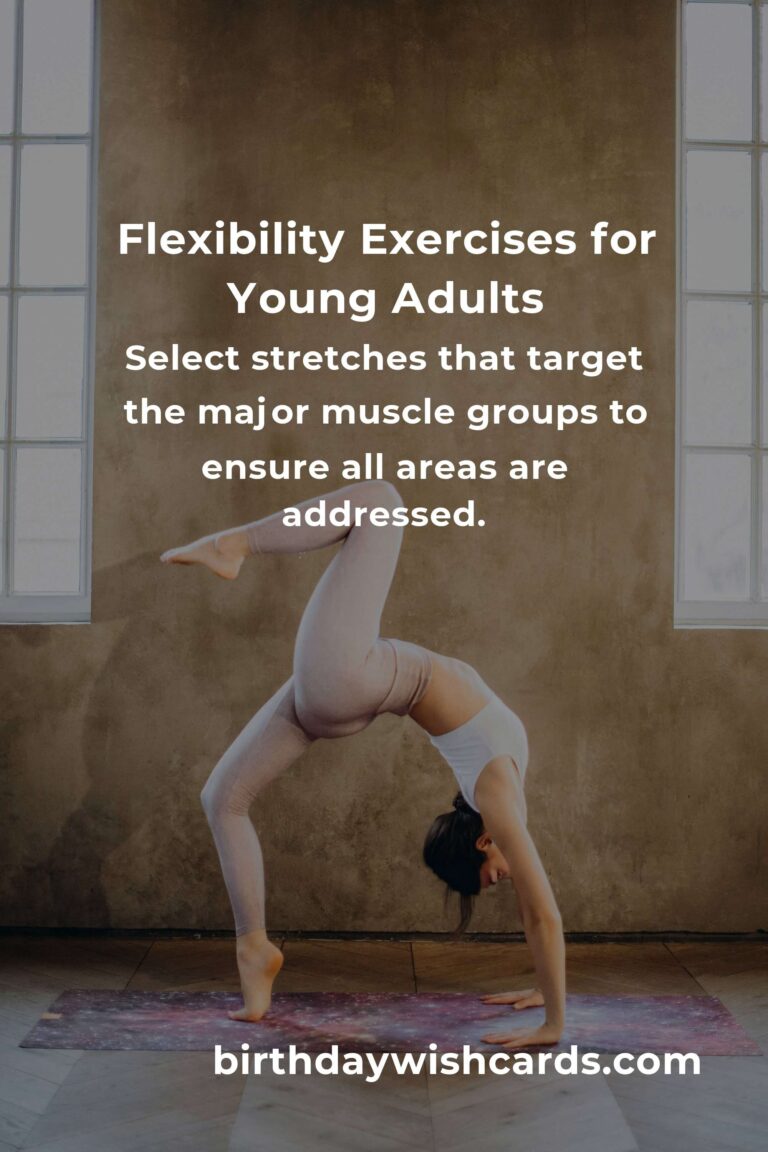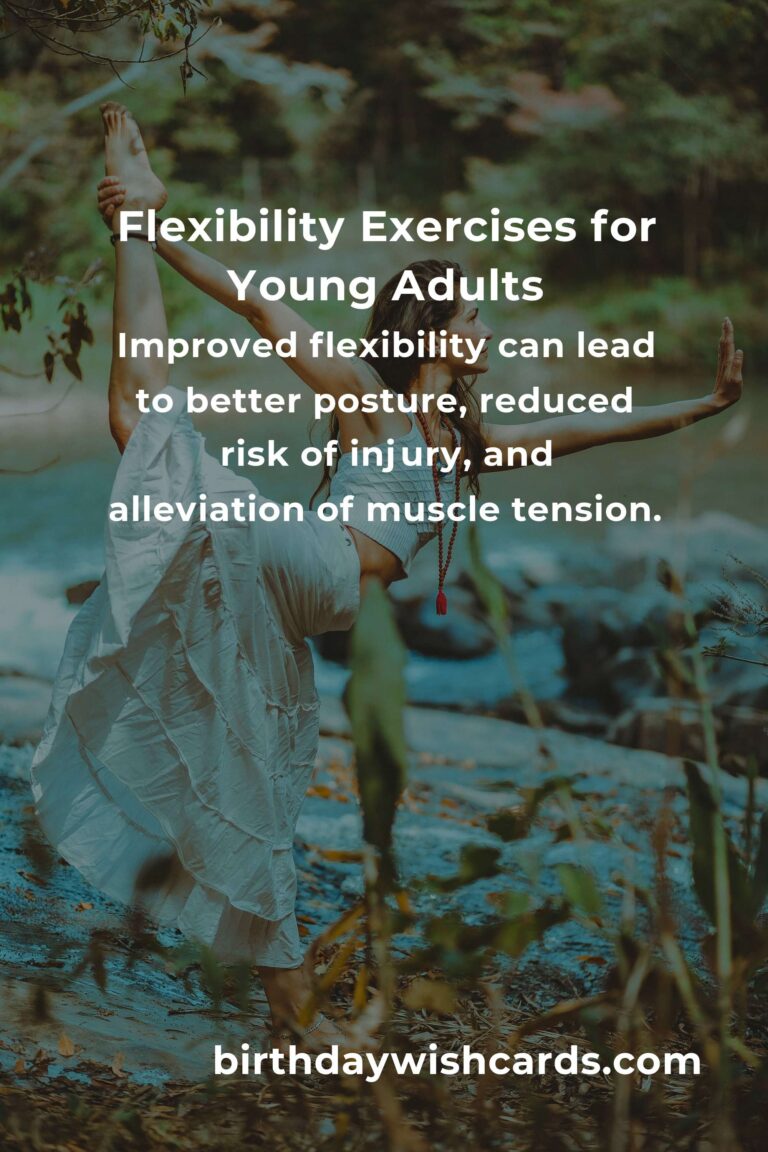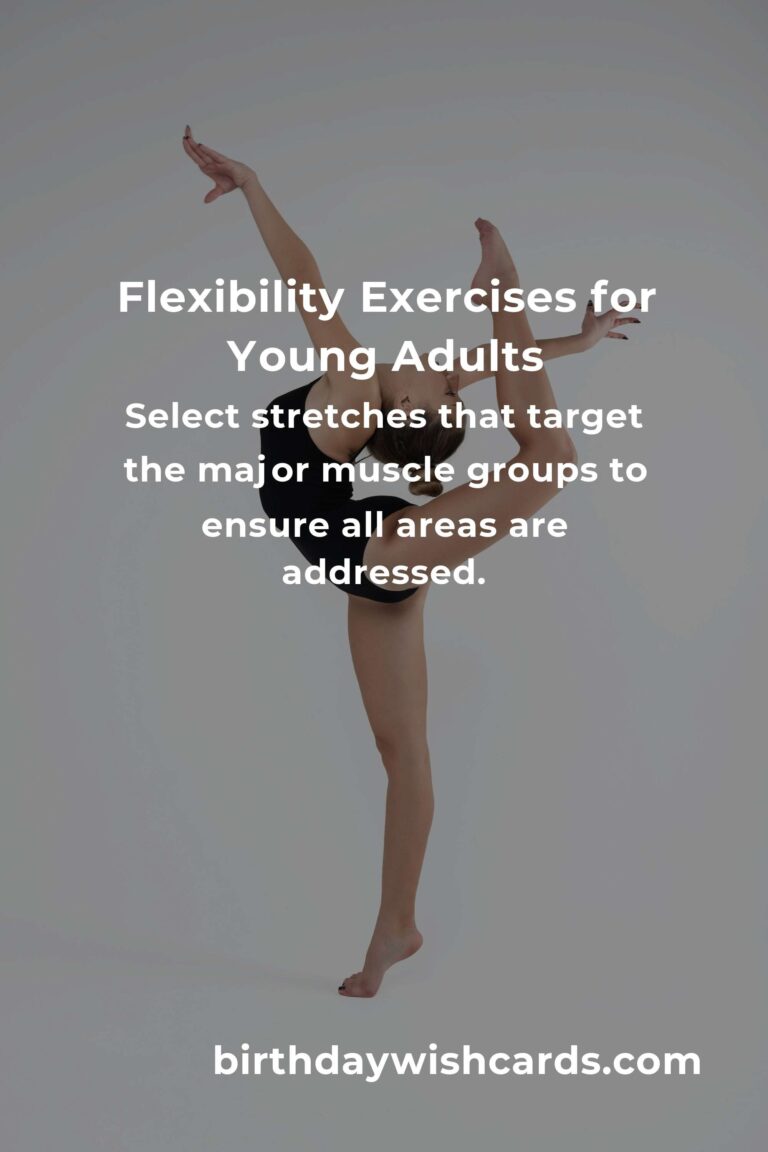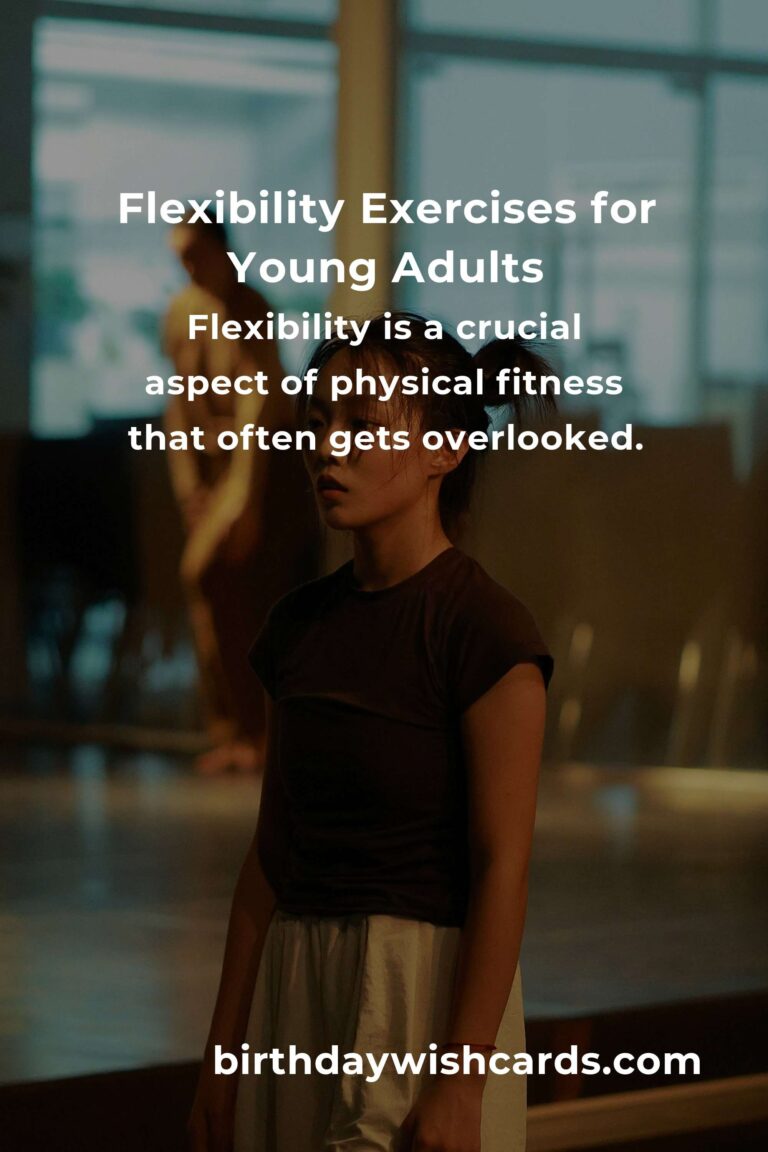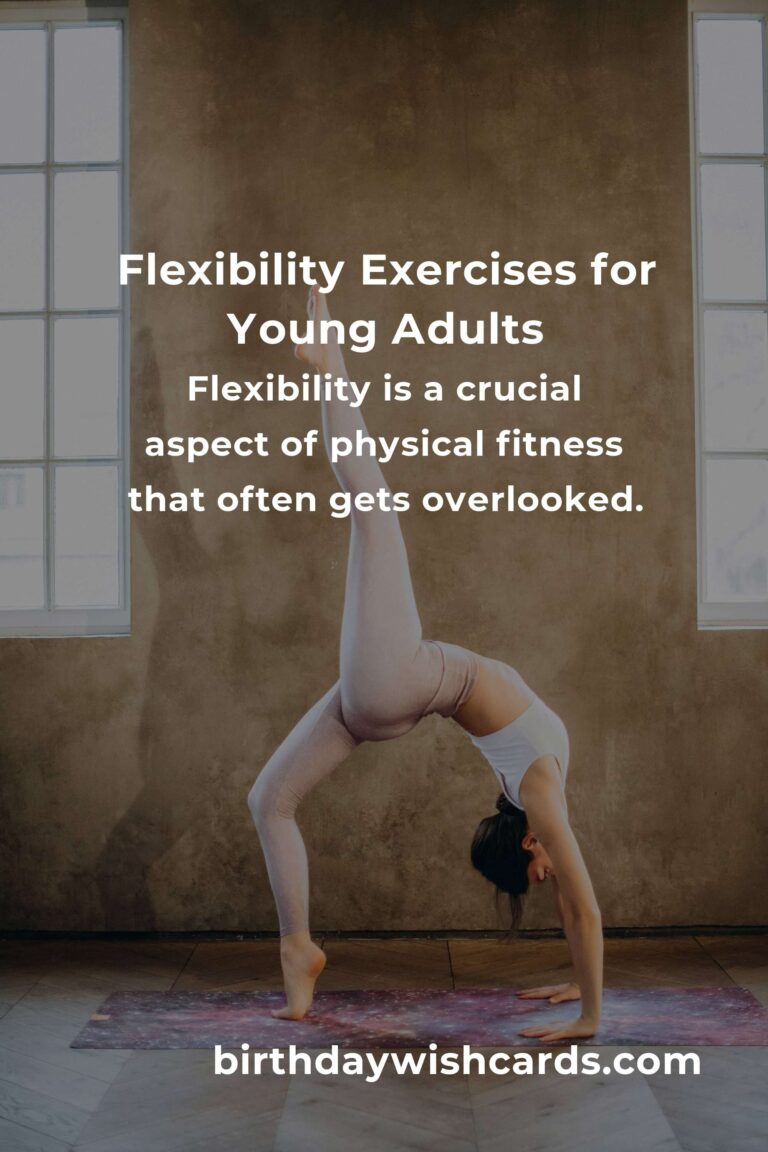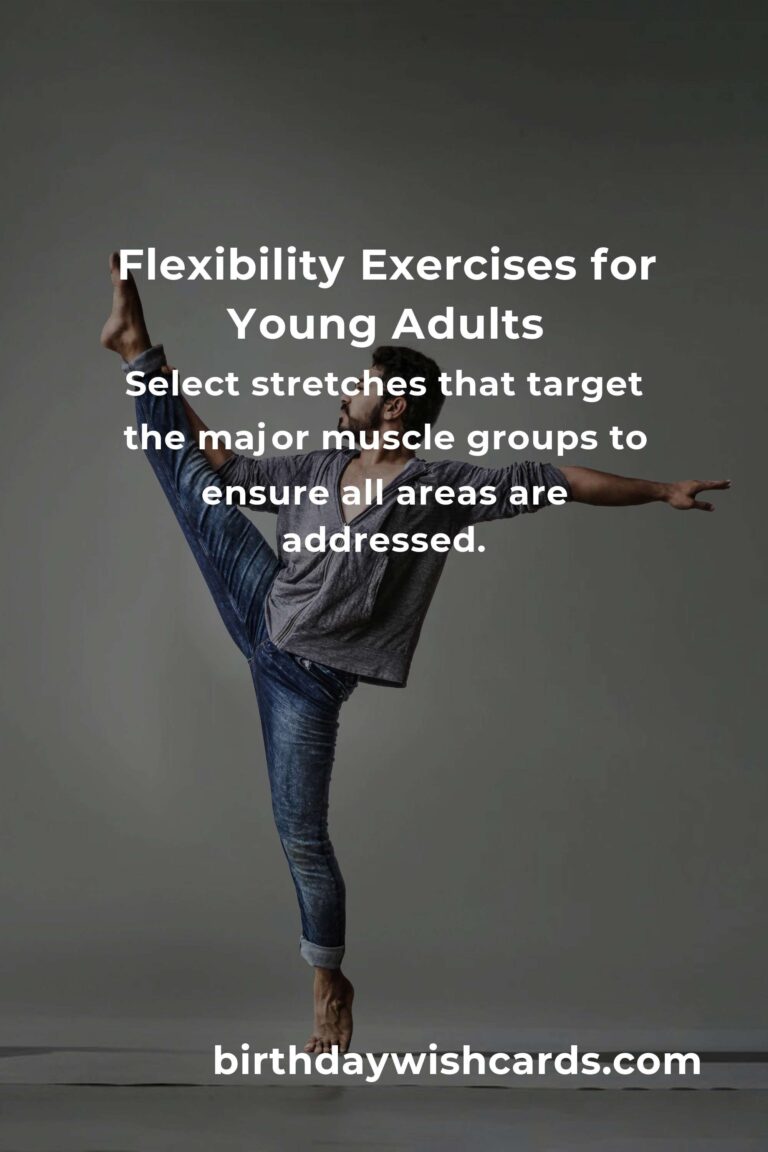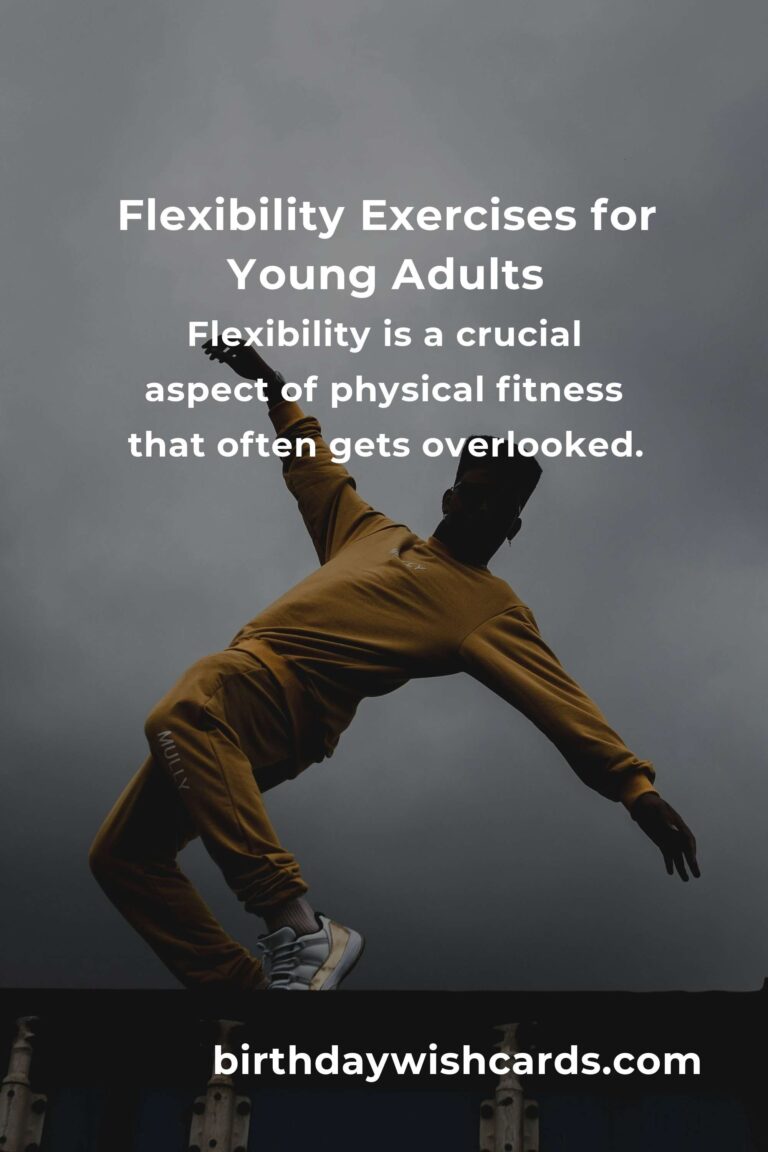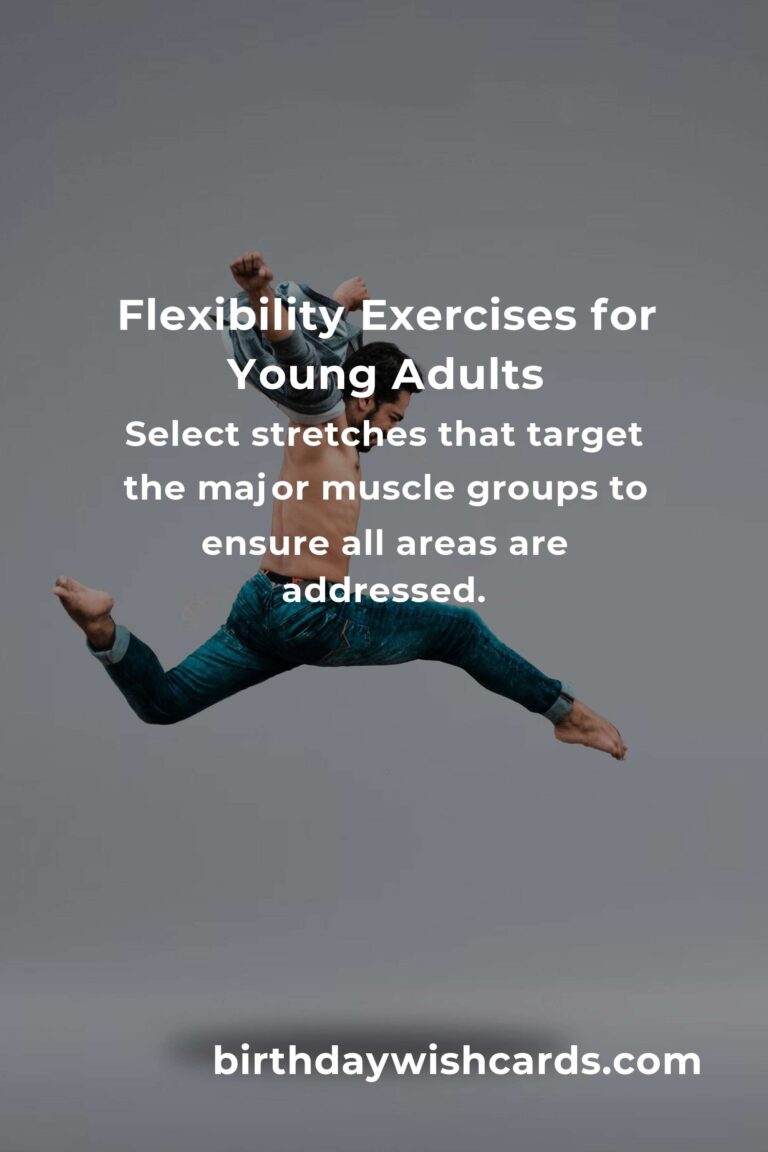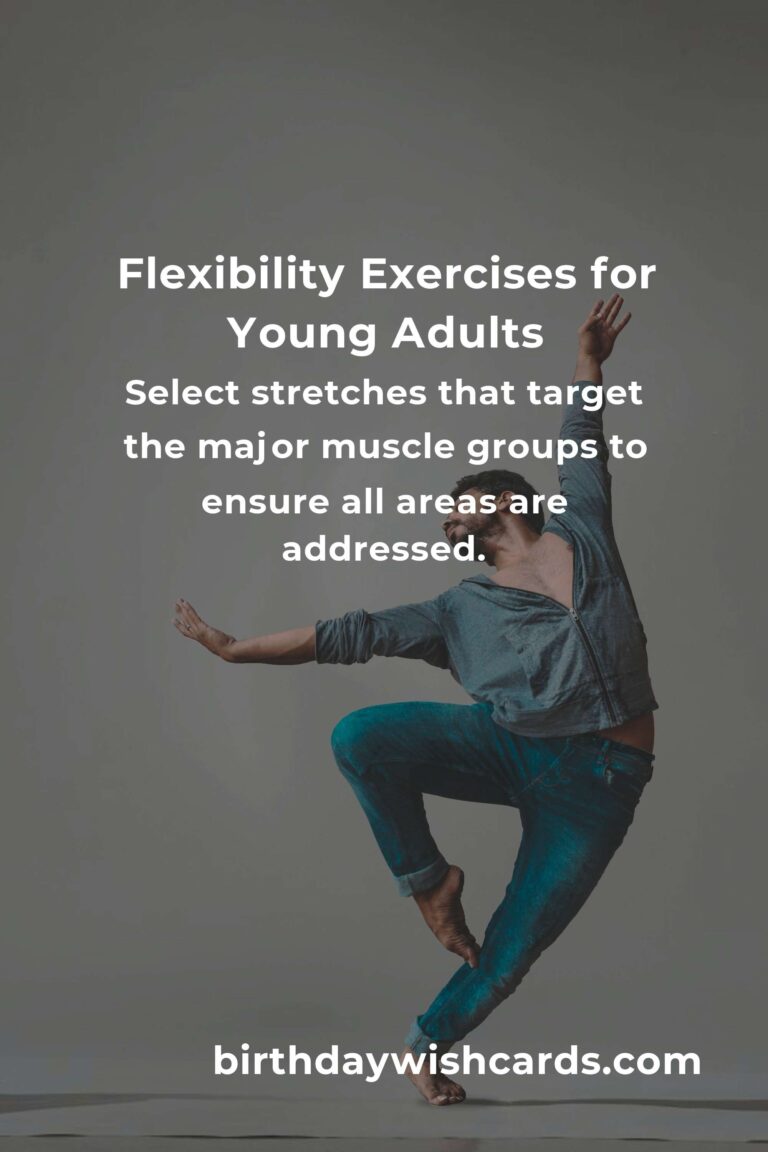
Flexibility is a crucial aspect of physical fitness that often gets overlooked. For young adults, developing flexibility can lead to numerous health benefits, enhancing overall well-being and athletic performance. This article aims to provide young adults with practical tips and exercises to improve their flexibility.
Why Flexibility Matters
Flexibility is the ability of your joints and muscles to move through their full range of motion. It is not only important for athletes but also for everyday activities. Improved flexibility can lead to better posture, reduced risk of injury, and alleviation of muscle tension. For young adults leading busy lives, maintaining flexibility can also contribute to stress reduction and improved mental clarity.
Getting Started with Flexibility Training
Before diving into flexibility exercises, it’s important to understand the basics of flexibility training. Here are some steps to help you get started:
Warm-Up
Always start with a proper warm-up. This can include light cardio exercises like jogging or jumping jacks to increase blood flow to the muscles, preparing them for stretching.
Choose the Right Stretches
Select stretches that target the major muscle groups, including the hamstrings, quadriceps, hip flexors, and shoulders. Incorporating a variety of stretches ensures that all areas of the body are addressed.
Gradual Progression
Start with basic stretches and gradually increase the intensity and duration as your flexibility improves. Overstretching can lead to injuries, so it’s important to listen to your body and progress at your own pace.
Effective Flexibility Exercises
Here are some effective exercises to enhance flexibility:
1. Forward Bend
This exercise targets the hamstrings and lower back. Stand with feet hip-width apart, bend at the hips, and reach for the toes. Hold the position for 15-30 seconds.
2. Cat-Cow Stretch
This yoga pose helps in increasing flexibility in the spine. Start on all fours, arch your back like a cat, and then dip it like a cow. Repeat 10 times.
3. Butterfly Stretch
Sit on the floor with soles of your feet together. Hold your feet with your hands, and gently press your knees towards the ground. Hold for 15-30 seconds.
4. Downward Dog
This classic yoga pose stretches the hamstrings, calves, and shoulders. Start on all fours, lift your hips upward, and form an inverted V shape.
Consistency is Key
Consistency is essential when it comes to flexibility training. Aim to incorporate stretching into your routine at least three to five times a week. Over time, you will notice a significant improvement in your range of motion and overall flexibility.
Incorporating Flexibility into Daily Life
Flexibility exercises can be easily integrated into daily activities. Consider taking short breaks to stretch during work or study sessions. Incorporating activities like yoga or pilates can also be beneficial, as they focus heavily on improving flexibility and balance.
Conclusion
Flexibility training offers numerous benefits for young adults, from improved athletic performance to enhanced daily functioning. By starting with simple exercises and maintaining a consistent routine, you can significantly improve your flexibility and overall quality of life. Remember, the key is to progress gradually and listen to your body.
Flexibility is a crucial aspect of physical fitness that often gets overlooked.
Improved flexibility can lead to better posture, reduced risk of injury, and alleviation of muscle tension.
Always start with a proper warm-up before flexibility exercises.
Select stretches that target the major muscle groups to ensure all areas are addressed.
Consistency is essential when it comes to flexibility training.
#Flexibility #YoungAdults #Fitness #Stretching #Health


